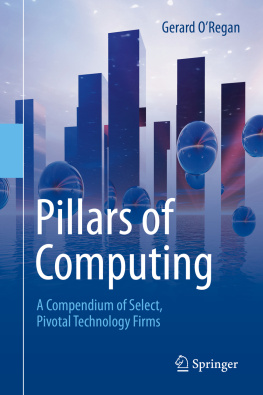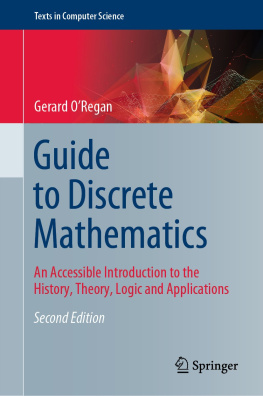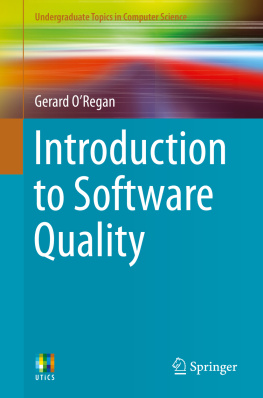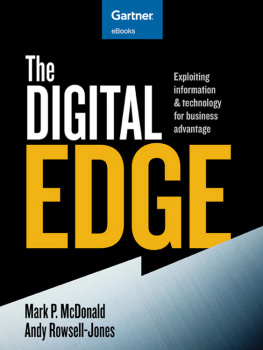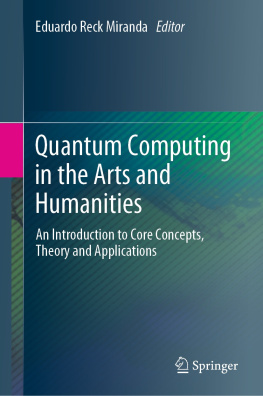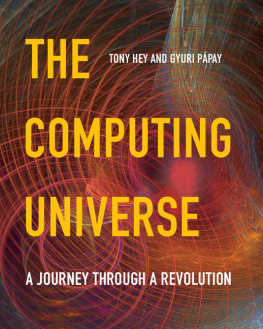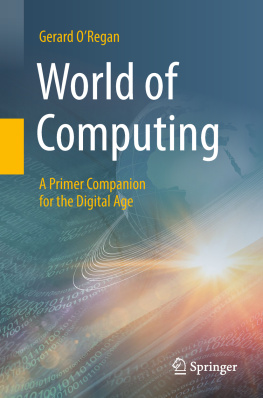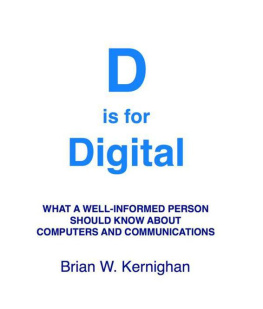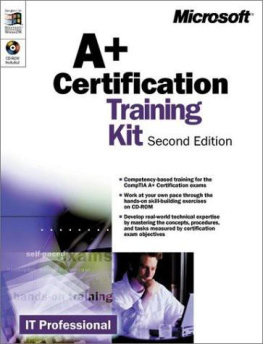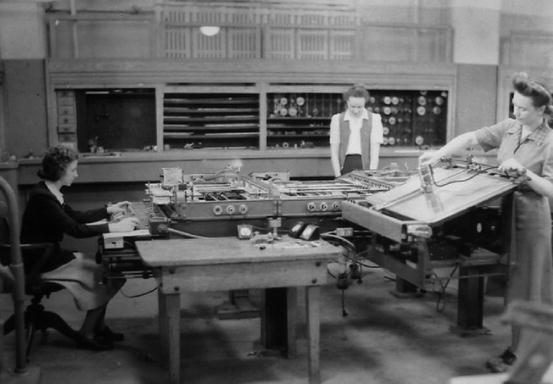1.1 Introduction
Computers are an integral part of modern society, and new technology has transformed the world we live in. Communication today may be conducted using text messaging, email, mobile phones and video calls over the Internet using Skype. In the past, communication involved writing letters, sending telegrams or using home telephones. Today, communication is instantaneous between people, and the new technology has transformed the world into a global village. The developments in computers and information technology have allowed business to be conducted in a global market.
A computer is a programmable electronic device that can process, store and retrieve data, with the data being processed by a set of instructions termed a program . All computers consist of two basic parts, namely, hardware and software . The hardware is the physical part of the machine, and a digital computer contains memory for short-term storage of data or instructions, a central processing unit for carrying out arithmetic and logical operations, a control unit responsible for the execution of computer instructions in memory and peripherals that handle the input and output operations. The underlying architecture is referred to as the von Neumann architecture , and it is named after John von Neumann who was a famous Hungarian/American mathematician who made fundamental contributions to mathematics and computing. Software is a set of instructions that tells the computer what to do, and it is created by one or more programmers. It differs from hardware in that it is intangible.
The original meaning of the word computer referred to someone who carried out calculations rather than an actual machine. The early digital computers built in the 1940s and 1950s were enormous machines consisting of several thousand vacuum tubes. They typically filled a large room or building, but their computational power was a fraction of the power of the computers used today.
There are two distinct families of computing devices, namely, digital computers and the historical analog computer . These two types of computer operate on quite different principles, and the earliest computers were analog not digital.
The representation of data in an analog computer reflects the properties of the data that is being modelled. For example, data and numbers may be represented by physical quantities such as electric voltage in an analog computer, whereas in a digital computer a stream of binary digits is employed for the representation.
A digital computer is a sequential device that generally operates on data one step at a time. The data in a digital computer are represented in binary format, and the binary number system employs just two digits: namely, 0 and 1. A single transistor has two states, i.e. on and off, and a transistor is used to represent a single binary digit. Several transistors are used to represent larger numbers.
Early computing devices include the slide rule and various mechanical calculators. William Oughtred and others invented the slide rule in 1622, and this device allowed multiplication and division to be carried out significantly faster than calculation by hand. Blaise Pascal invented the first mechanical calculator, the Pascaline, in 1642, and this machine could add or subtract two numbers. Multiplication or division could then be performed by repeated addition or subtraction.
Leibniz invented a mechanical calculator called the Step Reckoner in 1672, and this was the first calculator that could perform all four arithmetic operations, i.e. addition, subtraction, multiplication and division.
James Thompson (who was the brother of the famous physicist, Lord Kelvin) did early work on analog computation in the nineteenth century. He invented a integrator, which was used in mechanical analog devices, and he worked with Kelvin to construct a device to perform the integration of a product of two functions.
The operations in an analog computer are performed in parallel, and they are useful in simulating dynamic systems. They have been applied to flight simulation, nuclear power plants and industrial chemical processes.
Vannevar Bush and others developed the first large-scale general-purpose mechanical analog computer, the differential analyser (Fig. ), at the Massachusetts Institute of Technology in the late 1920s. Bushs differential analyser was designed to solve sixth-order differential equations by integration, using wheel-and-disc mechanisms to perform the integration. It allowed integration and differential equation problems to be solved more rapidly.
Fig. 1.1
Differential analyser at Moore School of Electrical Engineering, University of Pennsylvania
The machines consisted of wheels, discs, shafts and gears to perform the calculations, and a considerable effort was required by the technicians to set up the machine to solve a particular equation. The differential analyser contained 150 motors and miles of wires connecting relays and vacuum tubes.
Data representation in an analog computer is compact, but it may be subject to corruption with noise. A single capacitor can store one continuous variable in an analogue computer, whereas several transistors are required to represent a variable in a digital computer. Analog computers were replaced by digital computers after the Second World War.
1.2 Digital Computers
Early digital computers used vacuum tubes to store binary information. A vacuum tube could represent the binary value 0 or 1. However, the tubes were large and bulky and generated a significant amount of heat. This led to problems with their reliability, and air conditioning was employed to cool the machine.
Shockley and others invented the transistor in the 1950s (see Chap. ), and they replaced vacuum tubes. Transistors are small and consume very little power. The resulting machines were smaller, faster and more reliable.
Integrated circuits were introduced in the 1960s (see Chap. ), and a massive amount of computational power may be placed in a very small chip. Integrated circuits are small and consume very little power, and they may be mass-produced to a very high-quality standard. Billions of transistors may be placed on an integrated circuit.
The development of the microprocessor (see Chap. ) allowed a single chip to contain all of the components of a computer from the CPU and memory to input and output controls. The microprocessor could fit into the palm of the hand, whereas the early computers filled an entire room.
The fundamental architecture of a computer has remained basically the same since von Neumann and others proposed it in the 1940s. It includes a central processing unit, the control unit, the arithmetic logic unit, an input and output unit and memory.
1.3 Hardware and Software
Hardware is the physical part of the machine. It is tangible and may be seen and touched. It includes the historical punched cards and vacuum tubes, transistors and circuit boards, integrated circuits and microprocessors. The hardware of a personal computer includes a keyboard, network cards, a mouse, a DVD drive, hard disc drive, printers, scanners and so on.
Software is intangible in that it is not physical, and instead it consists of a set of instructions that tells the computer what to do. It is an intellectual creation of the programmer or a team of programmers. There are several types of software such as system software and application software.

